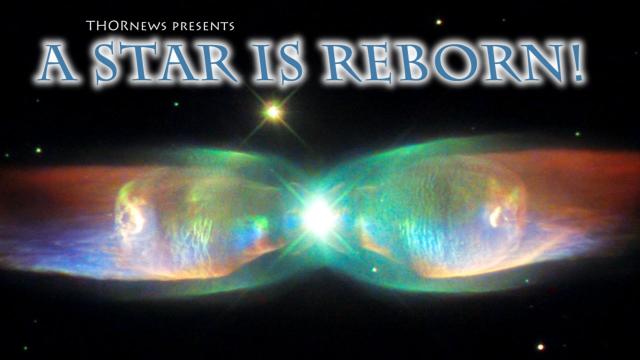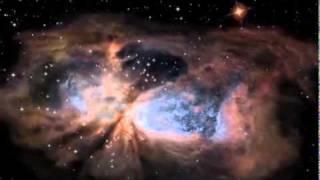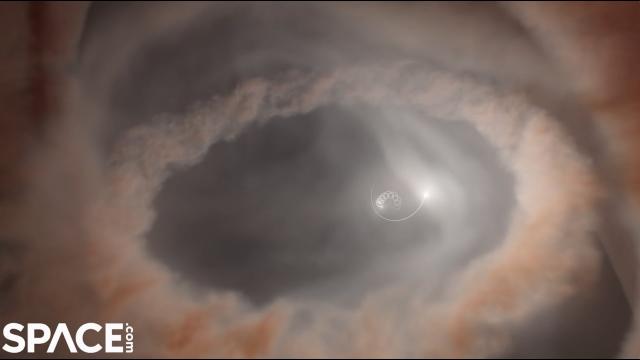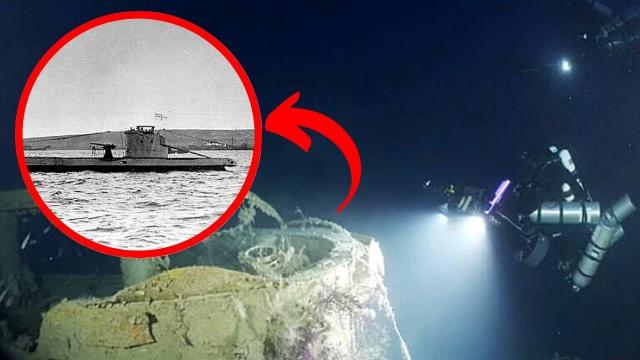Stellar Mystery: Massive Star disappears without a trace
Description
Where did it go?
God bless everyone,
T LEWISON
5430 BIRDWOOD RD. #416
HOUSTON TEXAS 77096
https://www.paypal.me/THORnews
https://venmo.com/TEric-Lewison
$THORnews on CashApp
https://www.patreon.com/thornews
the article
https://gizmodo.com/a-massive-star-has-disappeared-without-a-trace-1844207424
A Massive Star Has Disappeared Without a Trace
An unusually bright star has gone missing, in a mystery of cosmic proportions.
An object inside the Kinman dwarf galaxy has disappeared from view, according to new research published today in Monthly Notices of the Royal Astronomical Society. This massive and exceptionally bright blue star was hypothesized to exist based on astronomical observations made between 2001 and 2011, but as of 2019, it is no longer detectable.
The authors of the study, led by PhD student Andrew Allan of Trinity College Dublin, have conjured two possible explanations: Either the star has experienced a dramatic drop in luminosity and is now partially hiding behind some dust, or it transformed into a black hole without sparking a supernova explosion. If it’s the latter, it would represent just the second known failed supernova.
The Kinman dwarf galaxy is located 75 million light-years from Earth, so it’s not close by any means. Astronomers cannot discern individual stars owing to the tremendous distances involved, but the hypothesized star in question is a luminous blue variable (LBV), which is detectable at extreme distances. LBVs are massive and unpredictable stars at the end of their lives. The variable nature of this star, through its dramatic shifts in spectra and brightness, can be spotted from Earth. Incredibly, this suspected star is 2.5 million times brighter than our Sun.
Or at least it was.
Observations gathered from 2001 to 2011 pointed to a late-stage LBV in the Kinman dwarf galaxy. In 2019, a team of astronomers wanted to take another look to see how it was doing, and they did so using the European Southern Observatory’s Very Large Telescope. To their surprise, there was nothing to see—a result that was both exciting and discouraging at the same time.
“We were all pleasantly surprised to find that the star’s signature was not present in our first observation taken in August 2019 using the ESPRESSO instrument of ESO’S Very Large Telescope,” Allan told Gizmodo. “We initially hoped for a higher-resolution observation that resembled the past observations, which we would use for our models.”
Figuring there was something wonky with ESPRESSO, Allan and his colleagues decided to take another look with the telescope’s X-shooter instrument.
“We rechecked the ESPRESSO observation a number of times but were unable to detect the star’s signature,” said Allan. “As the conditions were not perfect on the day this observation was made, we wanted to make sure the signature was truly absent. This time we used the X-Shooter instrument of the Very Large Telescope and were happy to find that this also pointed towards the star disappearing.”
With nothing new to see, and with a mystery that suddenly needed to be solved, the team dove into the archives, looking at previous observations of the dwarf galaxy. As it turns out, the suspected massive star experienced a strong outburst period that came to end around 2011. LBVs are known to throw the odd temper tantrum, resulting in a sudden loss of mass and a sharp increase in brightness.
In the wake of this particular outburst period, it’s possible that “we are seeing the end of an LBV eruption of a surviving star, with a mild drop in luminosity, a shift to hotter effective temperatures, and some dust obscuration,” wrote the authors in the study. So the star might still be active, it’s just now too dim for us to detect from Earth.
Another possible explanation is that the star collapsed into a massive black hole without an accompanying supernova explosion—what astronomers call a failed supernova.
“This would be consistent with some of the current computer simulations that predict that some stars will not produce a bright supernova when they die,” Allan told Gizmodo. “This happens when a massive black hole is formed, and it is not spinning very fast. However a collapse to a black hole without producing a supernova has only been observed once in the past, in the galaxy of NGC 6946 where a smaller massive star seemed to disappear without a bright supernova explosion.”
If a supernova-less transition into a black hole is the case, it would mark the first known example of this happening to a massive star in a low metallicity galaxy, a finding that “could hold important clues as to how stars could collapse to a black hole without producing a bright supernova,” said Allan.
“It’s a very interesting finding that is reported in the paper, with a very careful and well done analysis,” Beatriz Villarroel, a postdoc at IAC Tenerife and the Nordic Institute for Theoretical Physics, told Gizmodo. “LBVs are unstable stars, and the analysis presented by the a














